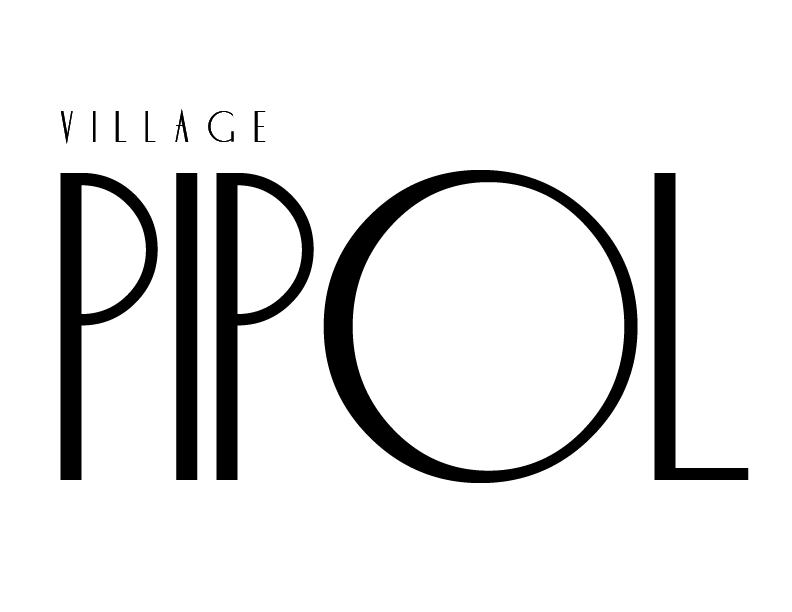Philippine Press Freedom in a nutshell

The Philippines is one of many unsafe countries to live in for journalists.
At least that’s what the data from the Committee to Protect Journalists says. Backed up from the data count from the National Union of Journalists in the Philippines. The murders of journalists for reporting corruption and criminal syndicates are shown in these stats. While the other half states the killings for speaking against politicians.
A society that worships its elected government officials like some sort of divinity here on Earth is just one of the harsh realities we see today. Still, only journalists choose to speak against it.
The Evolution of the Philippine Press
Before all the chaotic mess in the media scheme even existed, the Philippines had a systemic now archaic way of ‘spreading the word’.
In the Pre-Spanish Era, the ancient Filipinos have their own ways to spread the word. There is writing on trees, on their leaves and trunks using tree saps as ink. And then there is the ‘Umalohokan’, the town crier announcing news such as new laws or policies enacted by the Chieftain.
But there were no such rules then prohibiting primitive media, however, it all changed during the Spanish Colonization.
The first-ever newspaper ever made in the Philippines was by and only for the Spanish elite of the time. In time, La Solidaridad created an uproar as it aimed to raise consciousness about the oppression Filipinos experienced from the Spaniards.
Then Katipunan’s official newspaper ‘Kalayaan’ also became forbidden by the Spanish rule. Such acts prohibited the freedom of speech and expression during that time to quell the oppression that was rampant.
There were no rules to protect and ensure the safety of the authors/journalists then. And this lack of media laws has been going on for decades. However, not until the establishment of the Constitution. Four versions of it, starting from the 1935 Commonwealth Constitution up to the present 1987 People Power Constitution.

All of them guarantee that “No law shall be passed abridging the freedom of speech, or of the press, or the right of the people peaceably to assemble and petition the Government for redress of grievances.”
Press Freedom and its Limits
Even under democracy, the press also has its own limits. Currently, there are six known major limitations to press freedom which are:
1) libel; 2) anti-obscenity law; 3) invasion of privacy laws; 4) law on national security; 5) contempt of court; and 6) copyright law.

But of course, if the media can be used for good, then it can be used for the bad. To prevent such acts, laws also exist to limit the power of the press.
The Rising Impunity Data Count in the Philippines
As a democratic country, the Philippines provides a Constitutional Guarantee for the freedom of the press. The Constitution secures the safety of both the people subject to the news and the people behind the news. But amidst that, the Philippines is still one of the worst places to live in if you’re a journalist.
The 2021 World Press Freedom Index revealed that the Philippines ranked 138 over 180 countries, one of the worst countries for press freedom. Gathering a total of 58.97 Abuse score and an Underlying situation score of 42.89, earning a Global Score of 45.64. The numbers do not lie.
This terrifying fact doesn’t seem to intimidate journalists from writing for truth and public interest. Amidst the death threats, the defamation, the slander, and the media oppression, Philippine Journalism continues to thrive under constant fear and pressure.
"Leanne or LJ -- as what her friends would like to call her-- is a walking enigma. She loves reading books more than going out, but would if her family drags her out. The limelight was never her spot, and if you look hard enough, you'll find her in a corner enjoying her peace in the shadows of other people's light.






